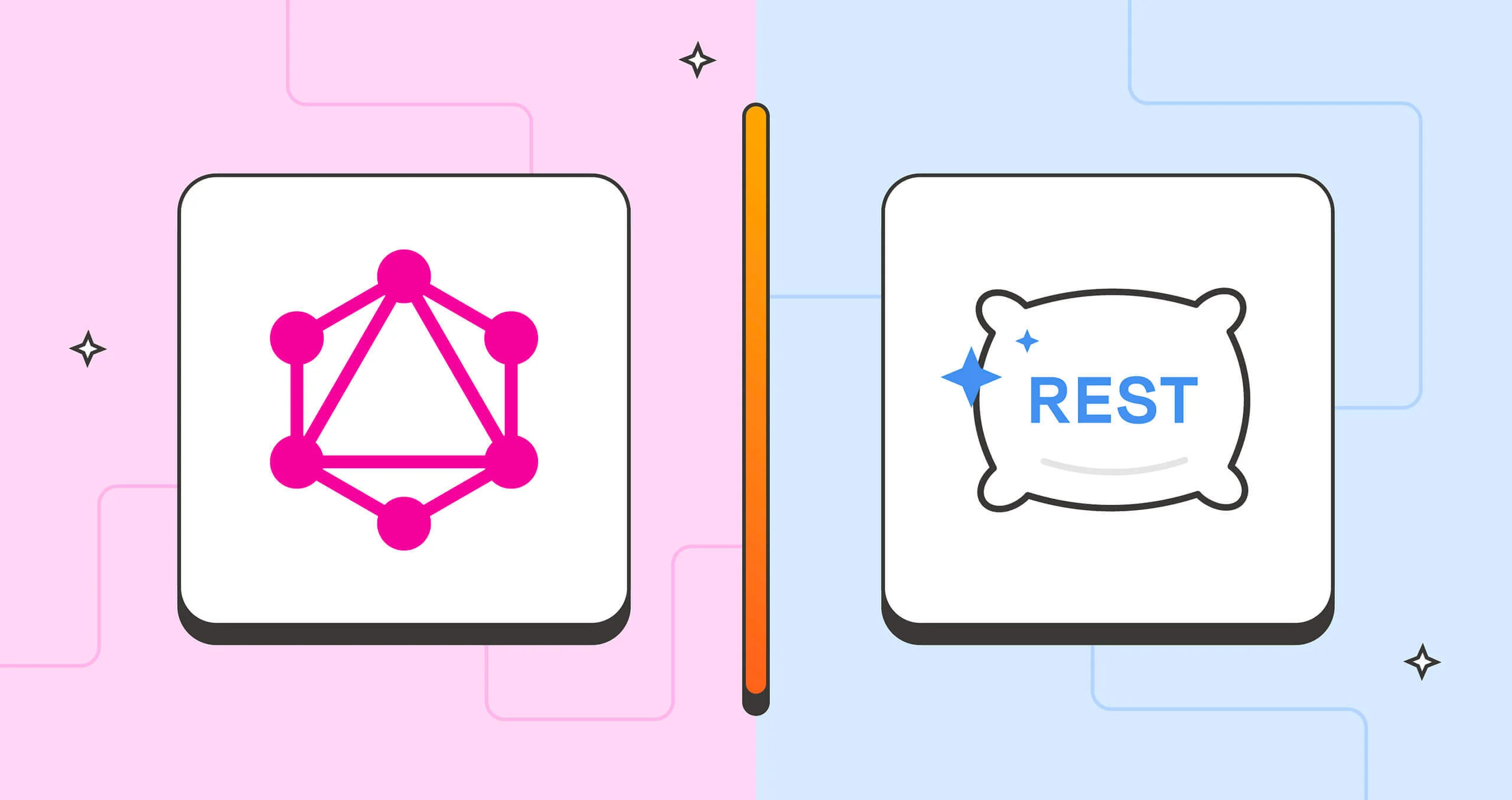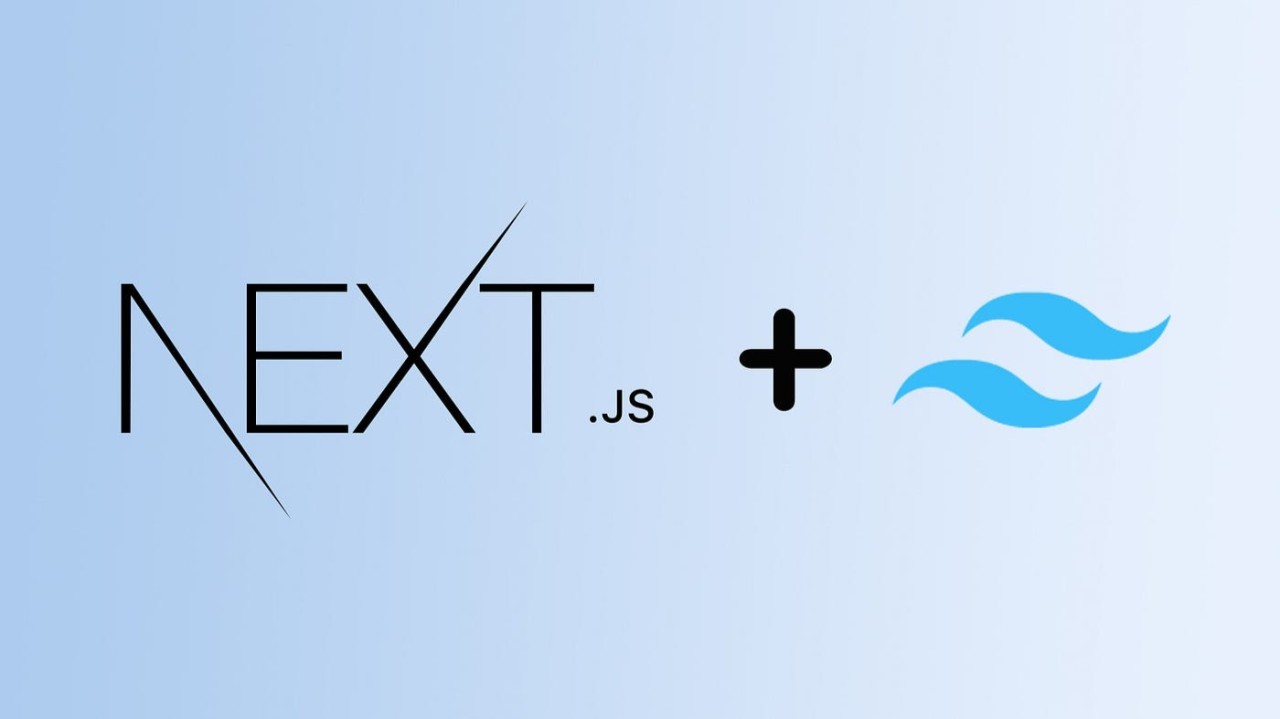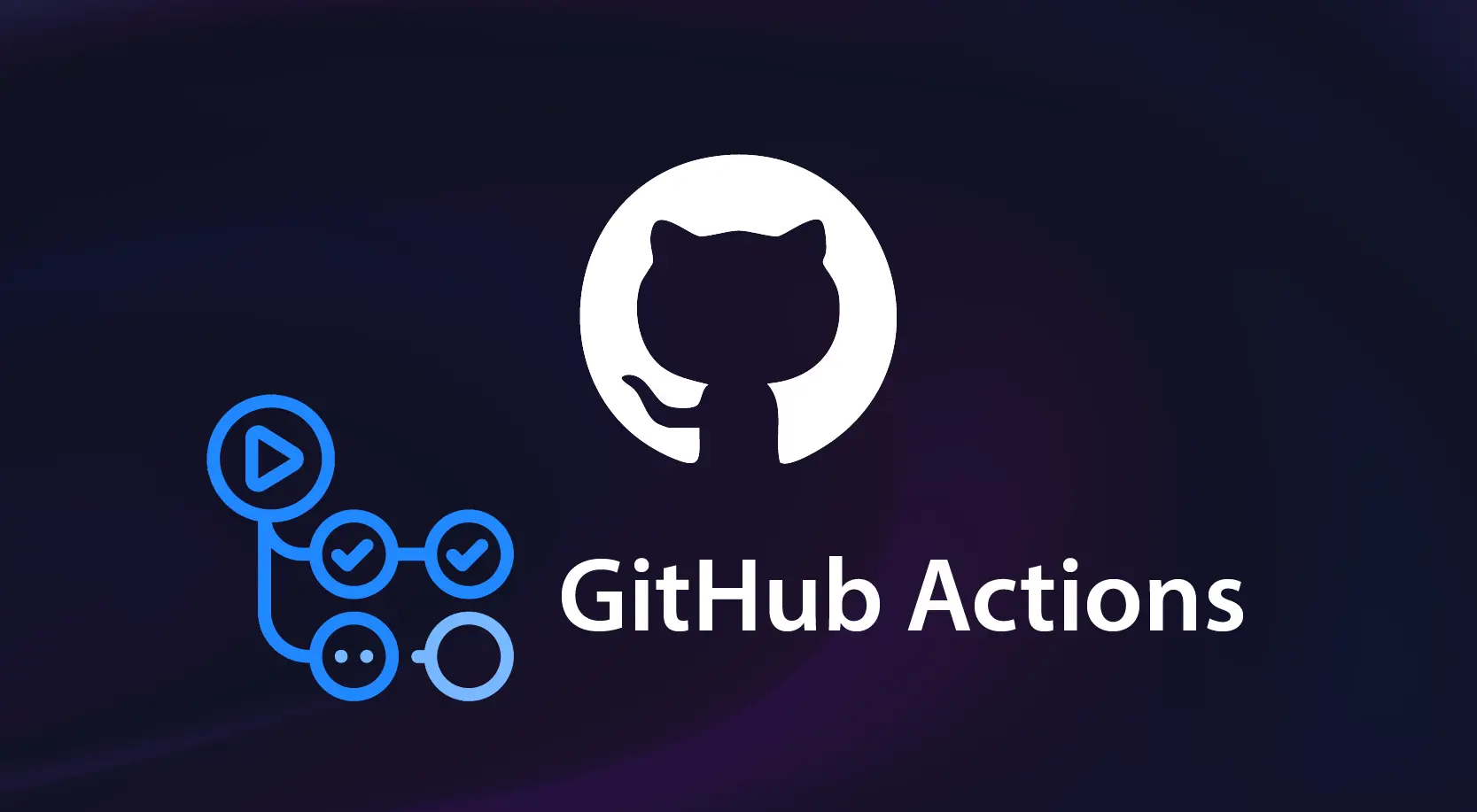Why I Switched from REST to GraphQL

For years, I built APIs the traditional way: REST. It was simple, predictable, and widely supported. But as my applications grew, so did the pain points — over-fetching, under-fetching, versioning hell, and frontend-backend ping-pong.
Then I discovered GraphQL, and everything changed.
The Problem with REST
Let’s say you’re building a dashboard that needs user data, recent orders, and product recommendations. With REST, you’d typically make three calls:
GET /api/user/123 GET /api/user/123/orders?limit=5 GET /api/user/123/recommendations
This leads to the “N+1 problem” — multiple round trips, slow loading, and wasted bandwidth. Even worse? Each endpoint returns more data than you need. That’s over-fetching.
“I was sending 2MB of JSON to a mobile app that only used 200KB.”
How GraphQL Solved It?
GraphQL lets the client ask for exactly what it needs in a single request. No more over-fetching. No more multiple calls.
query GetUserDashboard($userId: ID!) {
user(id: $userId) {
name
email
avatar
}
recentOrders(limit: 5) {
id
total
status
}
recommendations {
productId
name
price
}
}One request. One response. Zero wasted data.
Better Developer Experience
With GraphQL, frontend and backend teams can work more independently. The schema acts as a contract. Tools like GraphQL Playground and GraphiQL let you explore the API in real time.
No More Versioning
REST often requires versioned endpoints like /api/v1/users and /api/v2/users. GraphQL avoids this by letting you deprecate fields instead of breaking clients.
type User {
id: ID!
name: String!
email: String!
phone: String @deprecated(reason: "Use primaryContact instead")
}Challenges With GraphQL
- Caching is tricky — REST works naturally with HTTP caching, but GraphQL requires custom caching strategies or tools like Apollo Client.
- Complex queries can hurt performance — if clients request deeply nested data, it can overload your database.
- Learning curve — teams need to learn schemas, resolvers, and query language.
Best Practices I Learned
- • Design schemas around business needs, not database structure.
- • Implement field-level authorization to secure sensitive data.
- • Use Dataloader to batch and cache requests efficiently.
- • Mix GraphQL and REST where it makes sense — you don’t have to rewrite everything.
Real-World Impact
After switching a large e-commerce API from REST to GraphQL:
- • Page load time decreased by 40%
- • Mobile data usage dropped by 60%
- • Frontend-backend coordination meetings reduced by 70%
When REST Still Wins
REST is still great for simple CRUD APIs, microservices, or services where HTTP caching gives massive benefits. If your API is simple and stable, REST may be the better fit.
Conclusion
If you're still on REST, ask yourself: Are you building APIs for your clients, or making them work around your endpoints? For complex, evolving applications, GraphQL is worth the investment. The future is client-driven data. And that future is GraphQL.
Did you like this post?
Help others find it by sharing it on social media or with your team.

